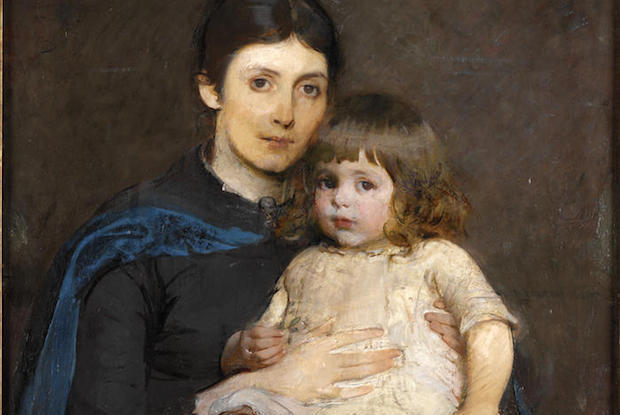
Oct. 31, 2019
Why smart students want to study art — and other takeaways from VCU’s International Business Forum
Share this story
When Van Wood, Ph.D., first announced the theme of Virginia Commonwealth University’s 25th annual International Business Forum — “The Influence of Art and Culture on the Human Endeavor” — he encountered some skepticism.
“There were some folks that said, ‘Really? Art and culture? We're doing business here. We're doing global business here. How can this possibly be something that would resonate with this forum?’” recalled Wood, a professor and the Philip Morris Chair in International Business in the VCU School of Business.
But Wood was not deterred. He knew firsthand how important cultural nuances could be.
In the early 2010s, Wood traveled several times to Egypt, where he worked to establish a VCU Executive M.B.A. program. He and several Egyptian and American colleagues would meet with business leaders during the day, returning to their hotel at night to debrief. One evening after a particularly long day, Wood excused himself, explaining that he wanted to return to his room for some privacy.
Immediately, his Egyptian counterparts became concerned, insisting that he stay. Confused, Wood turned to his mentor, who explained that there’s no translation for “privacy” in Arabic.
“Privacy means loneliness. So I had told them that I wanted to seek loneliness, and only crazy people want loneliness,” Wood said at the annual forum held earlier this month at the Institute for Contemporary Art. Wood moderated the panel, which featured Ed Grier, dean of the VCU School of Business; Shawn Brixey, a professor in the VCU School of the Arts and the College of Engineering; and John Nestler, M.D., a professor and chair of the Department of Internal Medicine in the VCU School of Medicine.

Here are some key points the panel raised:
Our fate is bound by innovation — or why smart kids want to go to art school
“Last year, VCUarts achieved 61% of VCU's total out-of-state, entering freshmen, high SAT scores,” Brixey said. “So think about it — 61% of [the] Monroe Park Campus' total high SAT scores are in art school.
“I have had quite a number of administrative colleagues both here and at other institutions smile and say, ‘Well we always knew artists were really smart.' And I said, 'They're not artists yet. These are 17-, 18-, 19-year-olds.’ What it is is that smart kids want to go to art school. And why is that? That's because they recognize that they are stepping into a world that's really ruled by a new kind of culture of innovation.
“The arts and design are not frivolous. You need to get that seared into your minds. They're crucial to this culture of innovation — that is not just emerging — that is upon us. Bill Gates tweeted just one year ago this month, that creativity is how future generations will solve some of the world's toughest problems. And the arts are always, and always have been, in constant motion. We're pushing boundaries, questioning the status quo and reinventing the human experience. We're discovering what it means to be human and helping document that in ways that we haven't imagined.”
The great divorce
“Art and medicine have always been married to one another,” Nestler said. “Well, more recently they sort of lost their way. And I would argue that that's because of technology replacing art.
“And what does art have to offer? Why is it something worth pursuing? Well, art can do a number of things. If I had to summarize the importance, I'd say art gives us a greater understanding and appreciation of the human condition. And that's what medicine is all about as well. It can be used to enhance empathy, humanity, cultural humility, understanding or acceptance of ambiguity. It can be used for specific skill enhancement such as observation and communication. It can be used to illustrate critical thinking. And finally, it can be used for both physical and spiritual healing.”

The blind leading the blind — or how culture affects what we see
“We are very poor at training our medical students these days to look,” Nestler said. “They come into a room with the attending physicians, take a quick look at the patient and say, 'OK, get an MRI, get a cat scan, do all these other tests.’
“Old-time physicians looked very carefully. Unfortunately they don't do so as much today.”
The greatest embodiment of knowledge? Empathy
“You have to know the culture that you're in,” Grier said. “Be respectful of the people that are there because that is more powerful than probably anything else.
“We could call it empathy or knowing who they are as an individual. [With] nearly 4,000 students, how do you treat each one of those students like an individual? And I think it goes back to observation. We, at all levels, whether it's our admission folks, or our counselors, or our Ph.D. students, or professors in the classroom, how can we understand that particular student's needs?”
Subscribe to VCU News
Subscribe to VCU News at newsletter.vcu.edu and receive a selection of stories, videos, photos, news clips and event listings in your inbox.






